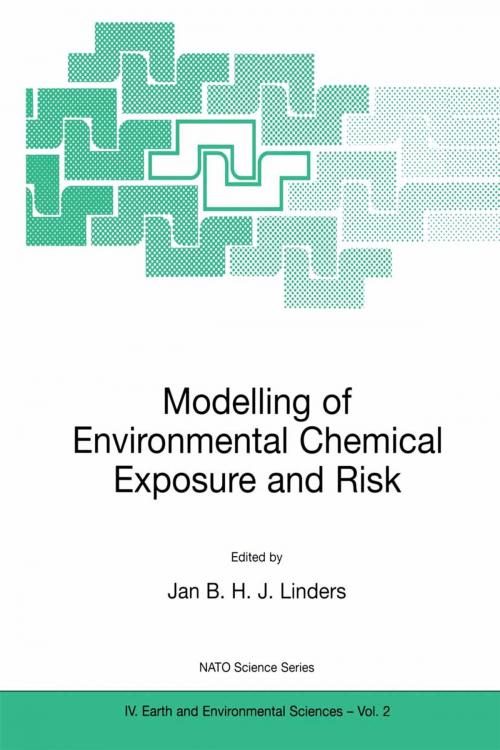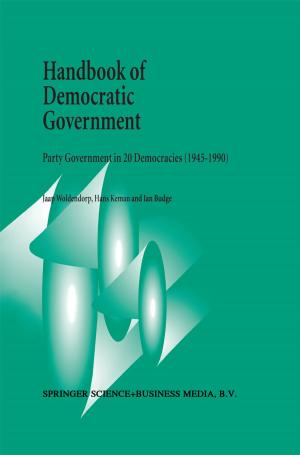Modelling of Environmental Chemical Exposure and Risk
Nonfiction, Health & Well Being, Medical, Reference, Public Health, Science & Nature, Science, Biological Sciences, Environmental Science, Nature| Author: | ISBN: | 9789401008846 | |
| Publisher: | Springer Netherlands | Publication: | December 6, 2012 |
| Imprint: | Springer | Language: | English |
| Author: | |
| ISBN: | 9789401008846 |
| Publisher: | Springer Netherlands |
| Publication: | December 6, 2012 |
| Imprint: | Springer |
| Language: | English |
Mathematical models are being increasingly used to estimate the concentrations of a wide range of substances in the environment for a variety of reasons, including government control and legislation, and risk and hazard estimation. Exposure assessment has to be performed for many types of substances, including pesticides, industrial chemicals, pollutants, accidental discharges, etc. The interpretation of the results of model equations should always bear in mind the purpose for which the model used was built in the first place. Further, models are always an abstraction of reality, requiring simplifying assumptions to keep the models within the restraints posed by computer performance and/or scientific knowledge.
The present book treats the theme of modelling chemical exposure and risk in terms of four main topics: model characteristics, applications, comparison of estimated with measured concentrations, and modelling credibility.
Mathematical models are being increasingly used to estimate the concentrations of a wide range of substances in the environment for a variety of reasons, including government control and legislation, and risk and hazard estimation. Exposure assessment has to be performed for many types of substances, including pesticides, industrial chemicals, pollutants, accidental discharges, etc. The interpretation of the results of model equations should always bear in mind the purpose for which the model used was built in the first place. Further, models are always an abstraction of reality, requiring simplifying assumptions to keep the models within the restraints posed by computer performance and/or scientific knowledge.
The present book treats the theme of modelling chemical exposure and risk in terms of four main topics: model characteristics, applications, comparison of estimated with measured concentrations, and modelling credibility.















